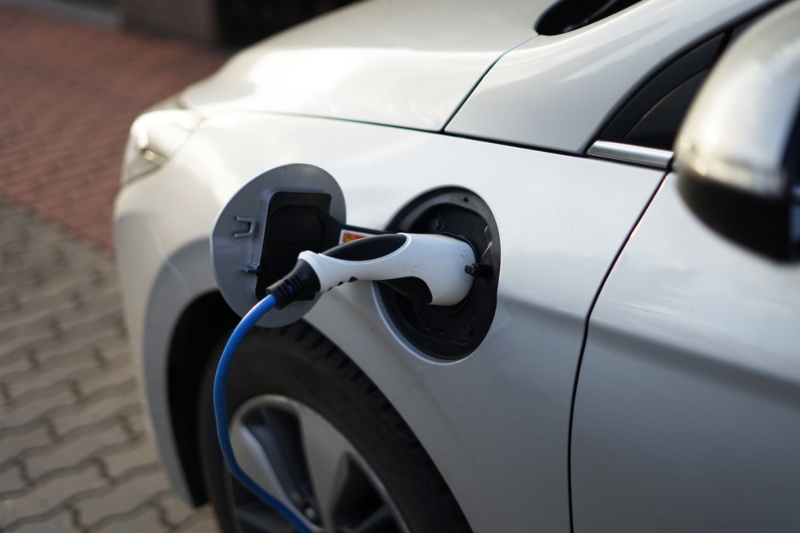Dr Chao Long, a researcher at Cranfield University, argues that local government urgently needs data on EV use in order to avoid mistakes around funding.


Local government will be expected to play a major part in the shift to electric transport: creating local areas where electric vehicles (EVs) can be available and benefit everyone.
But for the moment, the transition to an EV age is loaded with issues and dilemmas. Where is local authority investment and intervention going to be most needed? How can authorities best work alongside commercial providers? Where exactly — in cities, towns, rural areas — should they be helping with charging infrastructure? Who pays for maintenance? How can they get pricing right?
For their transport strategies, local authorities urgently need data on EV use and how it is evolving, in order to avoid mistakes around funding — or worse, complete inactivity on the issues.
The evidence is starting to be pieced together from local projects. Working with Electric Places – a place-based Community Interest Company consultancy established with Corby Borough Council as ‘Electric Corby’ to sustainably regenerate the area – we have been analysing five years’ worth of data on EV use in the area. The data includes information on a range of different EV user behaviours, including when and where people want to use chargers, how long for, and how much energy this involves, at what cost. We’ve made use of machine learning — a form of Artificial Intelligence where software continues to learn for itself, based on trends and patterns in data — to understand those patterns of use and so predict future usage and needs.
The experience in Corby has pointed, for example, to the need for faster chargers (40kW+ compared with the more standard 7kW). EV users want speed over lower costs. Data has highlighted the specific locations in the town where more charging facilities are needed (close to shopping centres, the train station and on retail parks) and, typically, how long EV users need the charging space for.
Installing chargers in areas where there is most demand will be increasingly important for the economic viability of local government support, ensuring commercial partnerships are attractive and budgeting is able to take account of levels of specific maintenance needs. As will ensuring charging prices are competitive and don’t lead to reduced demand.
Using concrete evidence from local users means that Electric Corby has been able to form a locally targeted strategy rather than fall into a dependency on assumptions (or just ambitions) without any base of evidence. The data also helps to highlight gaps between commercial provision and local need, where, for example, there might be a case for charging points to support residential area without off-street parking.
We still need to know much more. Future research will be making use of data from anonymised vehicles, building a bank of insights into exactly how EVs are used over their lifetime, their routines for charging, where vehicles travel to and from.
Then there is the opportunity for local authorities to be involved with a ‘pro-sumer’ model. Prosumers aren’t passive consumers. They have the ability to generate their own power, in their own home through solar panels or other means, as well as being able to store electricity in the battery of their electric vehicle. A system of individuals and smaller businesses buying and selling energy informally across local areas — rather than relying on a centralised and relatively monolithic framework of supplies — has real potential for relieving the strain on the power system, particularly during normal business hours.
Cranfield has been working on a peer-to-peer (P2P) energy trading platform, allowing for EVs with surplus battery energy to trade with nearby EVs in public car parks. This is the logic behind the idea: EV drivers who are also householders able to generate their own power will mostly charge their vehicles at home with minimum to no costs; these households are also in a position to sell their excess generated power back to the National Grid at a set price via the feed-in tariff, which may mean a low return. Meanwhile, the EV drivers who don’t have household-generators, charged their vehicles at home premises or a car park at a much higher rate than the feed-in price. So, if these two groups of EVs are able to exchange energy at a mid-market electricity price, both groups will get a better price for them, as well as the potential for more convenience.
The new world of EVs is coming, presenting a string of unfamiliar questions and risks. But equipped with real-world knowledge, local authorities are in a strong position to become important partners in the transformation to sustainable transport, demonstrating their essential value and support to taxpayers.
Dr Chao Long, lecturer in Digital Energy Systems, Centre for Energy Systems and Strategy, Cranfield University.
This article was originally published by LocalGov.co.uk.